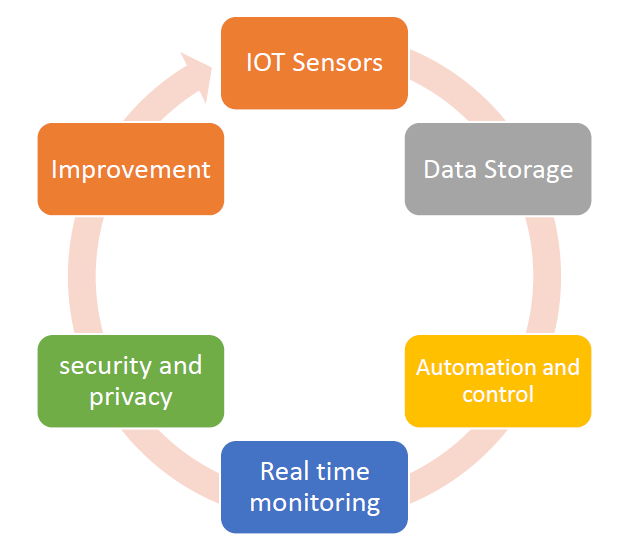An Effective Model for Selecting the Best Cloud Platform for Smart Farming in Smart Cities: A Case Study
Main Article Content
Abstract
Cloud computing has become an essential technology for various industries, including smart farming and smart city initiatives. Integrating smart farming into smart city initiatives can bring numerous benefits, such as increased food production, resource efficiency, environmental sustainability, and improved quality of life for urban residents. Smart cities and smart farming are two interconnected concepts that aim to improve the efficiency and sustainability of urban areas. Smart cities use technology and data to optimize infrastructure, services, and resources, while smart farming applies these same principles to agriculture. Smart farming with cloud computing involves the use of cloud computing technologies to optimize agricultural processes and improve crop yields. By using cloud computing technologies, farmers can collect, store, and analyze large amounts of data, access advanced analytics and machine learning tools, collaborate with agricultural experts, and benefit from scalability and flexibility. In this paper, we propose a novel MEREC-MAIRCA method to select the best cloud platform that helps decision-makers use smart farming in smart cities. By leveraging technology and data, smart farming can enable new business models, create new jobs, and foster social connections around food production and consumption.
Downloads
Article Details

This work is licensed under a Creative Commons Attribution 4.0 International License.





